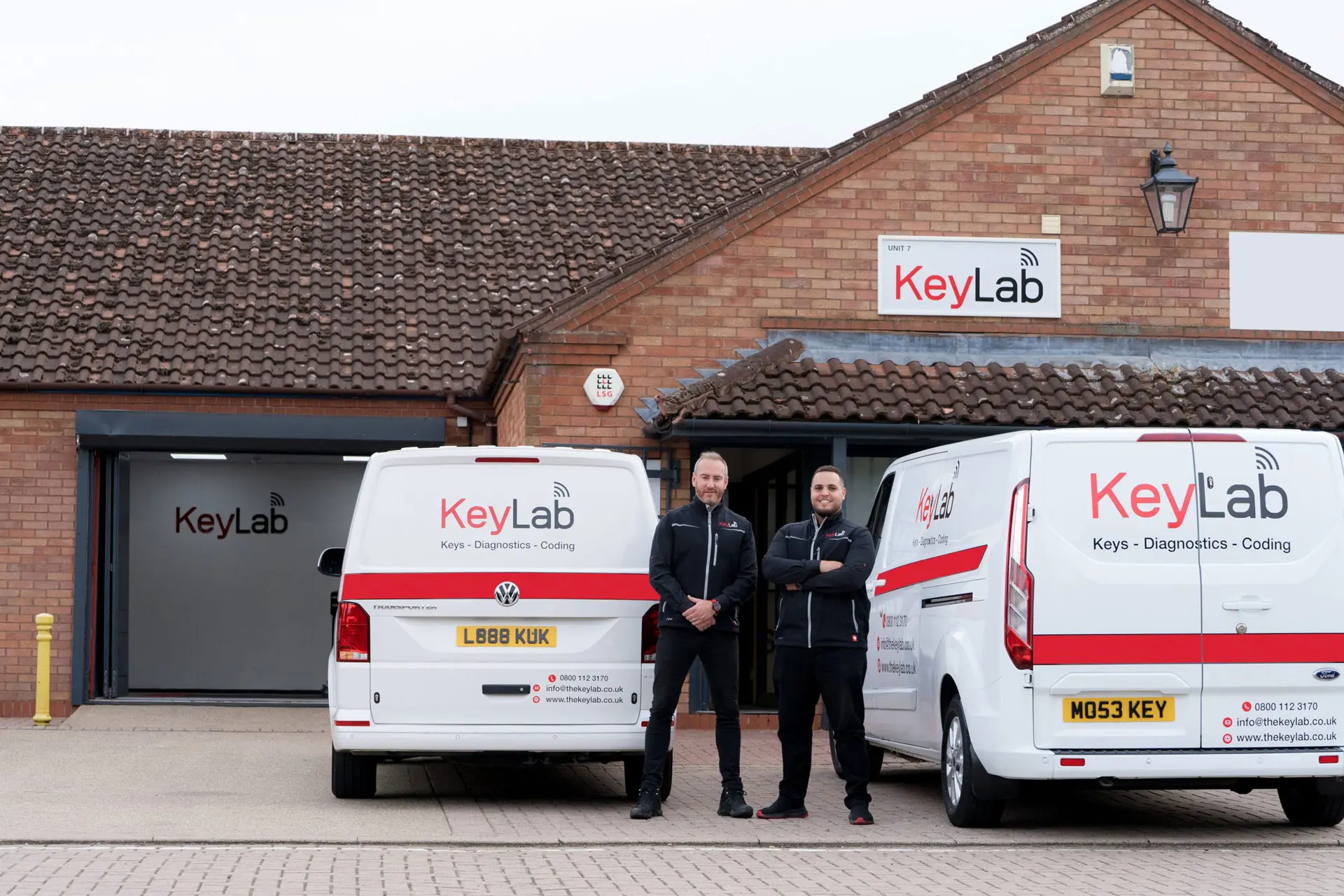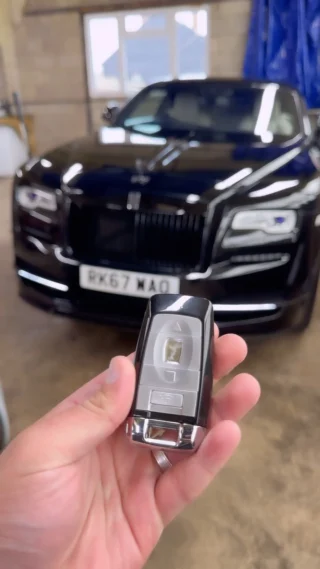car-key-safety0004
car-key-safety0004
5 Killer Quora Answers On Broken Key Repair
Broken Key Repair: Solutions for Common Lock Issues
Introduction
Keys are necessary tools in our lives, allowing us to protect our homes, lorries, and individual possessions. However, they can likewise break, resulting in disappointments and hassles. Comprehending how to address broken key issues is crucial for anybody desiring to keep their locks and ensure access to their residential or commercial property. This article covers different elements of broken key repair (www.kevin.han.Kr), consisting of typical causes, repair techniques, and preventive procedures to avoid future circumstances.
Common Causes of Broken Keys
Keys can break for a number of reasons. Comprehending these causes can help in preventing future occurrences:

- Wear and Tear: Over time, keys can use down due to frequent usage, leading to weakened shafts that are more likely to break.
- Poor Key Design: Keys that are poorly developed might do not have structural integrity, making them more susceptible to breaking under tension.
- Incorrect Key Usage: Using excessive force to turn a key, particularly in a jammed lock, can easily lead to a damage.
- Ecological Factors: Extreme temperatures or direct exposure to wetness can damage metal keys, resulting in brittleness.
- Lock Malfunctions: A malfunctioning lock can position unnecessary stress on a key, causing it to snap during operation.
Signs of a Broken Key
Identifying a broken key often comes with apparent indications. Here are some indicators:
- Partial insertion into the lock: If the key can not be totally placed or gotten rid of.
- Sudden resistance: If the key feels stuck when being turned.
- Visible splits or fractures: Inspecting the key can reveal fractures or breaks in the metal.
- Incomplete engagement: The key may turn less than needed to activate the lock.
Approaches for Broken Key Repair
When faced with a broken key, there are several methods to consider for repair. It is necessary to select the best one based on your particular circumstance.
1. Eliminate the Broken Key
If a key breaks within a lock, the very first action is to remove the broken portion:
- Use tweezers or needle-nose pliers: If a piece is protruding of the lock, carefully pull it out.
- Place a key extractor tool: This specialized tool can assist extract lodged parts more effectively.
| Tool | Best Used For |
|---|---|
| Tweezers | Shallow extraction |
| Key extractor tool | Deeply lodged key pieces |
| Lubricant spray | Reducing extraction of stuck parts |
2. Superglue Method
For situations where a key has actually partially broken but is undamaged enough to remain gripped, the superglue technique may provide a short-term fix.
- Tidy the broken surface areas thoroughly.
- Apply a thin layer of superglue.
- Hold the pieces together for a few minutes till the glue sets.
Note: This approach is not a long-term option and needs to be used with care as the repair can quickly stop working under operational tension.
3. Metal Epoxy
For a more robust repair, metal epoxy supplies a stronger bond than superglue.
- Follow the instructions on the epoxy product packaging for preparing the adhesive.
- Apply to the broken location and hold up until set (generally a few hours).
4. Duplicate the Key
In circumstances where lock performance is essential, creating a duplicate key is typically the very best path:
- Visit a locksmith: Many locksmiths can duplicate keys quickly and efficiently.
- Utilize a key-tracing service: Some locksmith professionals use tracing techniques to cut a similar key based on the residues.
5. Lock Replacement
When keys consistently break, it might be due to lock issues rather than key integrity. In such cases:
- Consult a locksmith to examine the lock’s condition.
- Consider replacing the lock entirely if substantial damage or wear is evident.
Preventing Key Breakage
Avoiding key damage is often much better than repair. Here are some useful ideas:
- Limit force on keys: Always turn keys gently to avoid unneeded stress.
- Regular key evaluation: Check for wear and change keys revealing signs of damage.
- Use a keychain: Prevent excessive flexing by using a tough keychain.
- Oil locks: Ensure locks run efficiently to decrease pressure on keys.
- Shop keys appropriately: Avoid placing type in environments that can trigger rust or corrosion.
Frequently Asked Questions About Broken Key Repair
1. Can I repair a broken key myself?
Yes, you can try to repair a broken key yourself utilizing methods like the superglue or metal epoxy strategies. However, these are short-term fixes, and it is recommended to speak with a professional locksmith for a more durable option.
2. Is it worth repairing a broken key?
In some cases, particularly with sentimental or special keys, a repair may deserve it. For standard keys, duplication or replacement is generally more efficient and trustworthy.
3. How can I prevent my keys from breaking?
To avoid damage, guarantee that keys are not subjected to extreme force, regularly inspect them for wear, and keep locks well-maintained.

4. When should I look for a locksmith’s help?
If you are not able to eliminate a broken key from a lock or if the lock malfunctions often, it’s best to look for a locksmith’s knowledge.
Broken keys can present a substantial hassle, however they are workable with the best method. By understanding the typical causes and available repair approaches, people can respond effectively to key breakage. Drawing from preventive procedures will also help maintain key integrity and performance. Eventually, a proactive approach to key and lock upkeep can considerably lower the frequency of these frustrating concerns.


